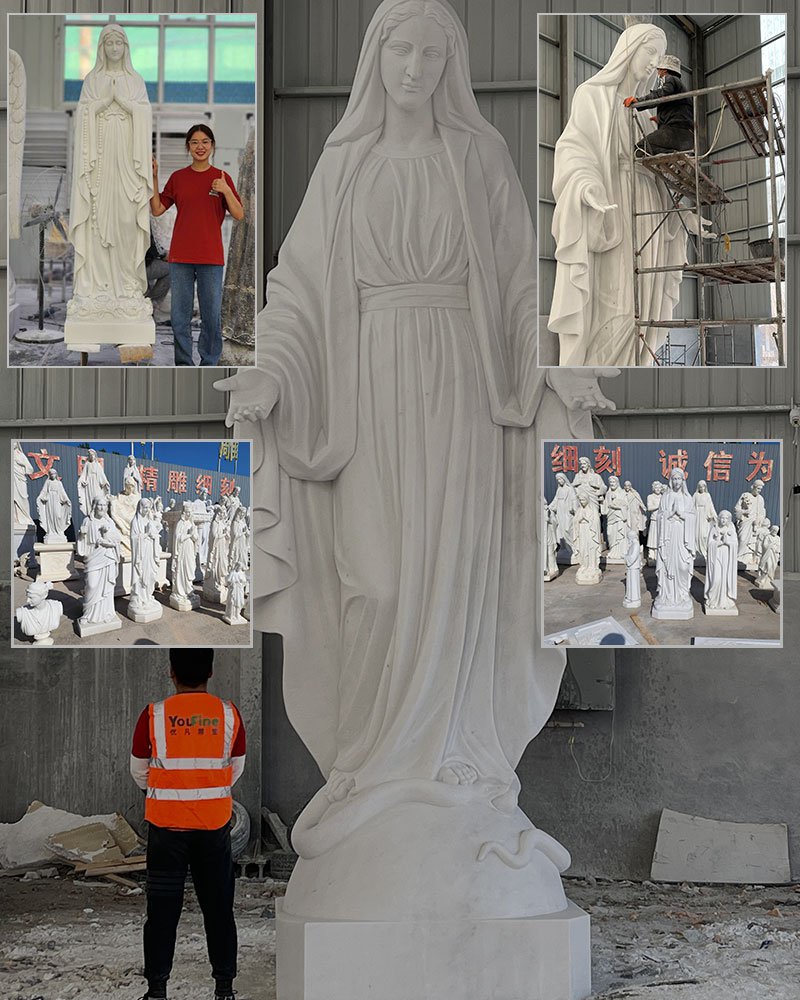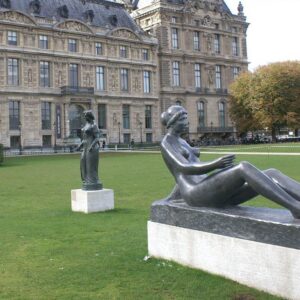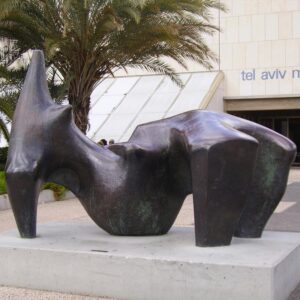In the world of art, religious sculptures are known for their profound cultural and historical value, and the marble Virgin Mary statues are particularly prominent. Different versions of the Virgin Mary statues not only demonstrate the creativity and skills of artists from all over the world, but also reflect the unique perspectives of different cultures and beliefs. Why are there such diverse statues of the Virgin Mary? What moving stories are hidden behind these statues? Let us explore the meaning behind these sculptures and appreciate the charm and mystery of different versions of the Virgin Mary.
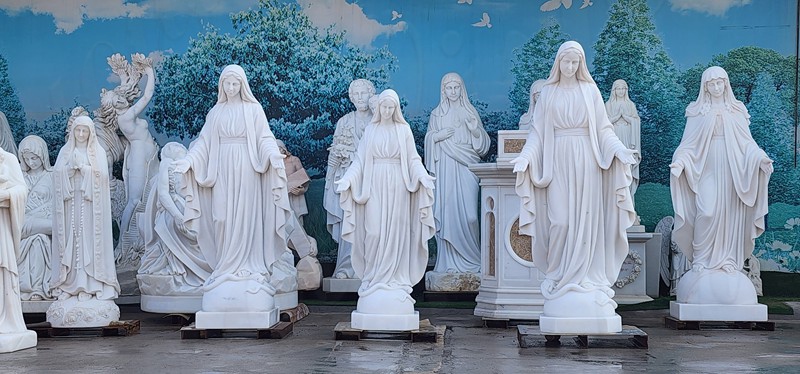
Why are There Different Versions
There are different versions of marble Virgin Mary statues due to a variety of factors, including cultural interpretations, artistic styles, historical contexts, and regional traditions.
1. Cultural Influences
Different cultures have unique artistic styles and symbolism, which can influence the image of the Virgin Mary. For example, an Italian statue may emphasize elegance and nobility, while a Mexican version may incorporate indigenous elements.
2. Artistic Style
Artists often incorporate their personal style into their work, resulting in variations in expression, form, and detail. This can reflect the artist’s training, the era in which they worked, or a specific art movement (such as the Baroque or Renaissance).
3. Historical Context
The context in which a statue was created can influence its design. For example, a period of religious unrest or a shift in doctrine can result in different depictions of the Virgin Mary.
4. Regional Traditions
Local traditions and devotion can shape the image of the Virgin Mary. In some areas, the image of the Virgin may reflect local customs or specific titles, such as Our Lady of Guadalupe or Our Lady of Lourdes.
5. Material Variations
Different types of marble or other materials can affect the final appearance of the statue, resulting in changes in texture, color, and finish.
6. Purpose and Use
Statues created for different purposes (such as personal devotion, church decoration, or public monument) may vary in size, detail, and style to suit their intended environment.
These factors combine to result in a rich variety of representations of the Virgin Mary in marble statues around the world.
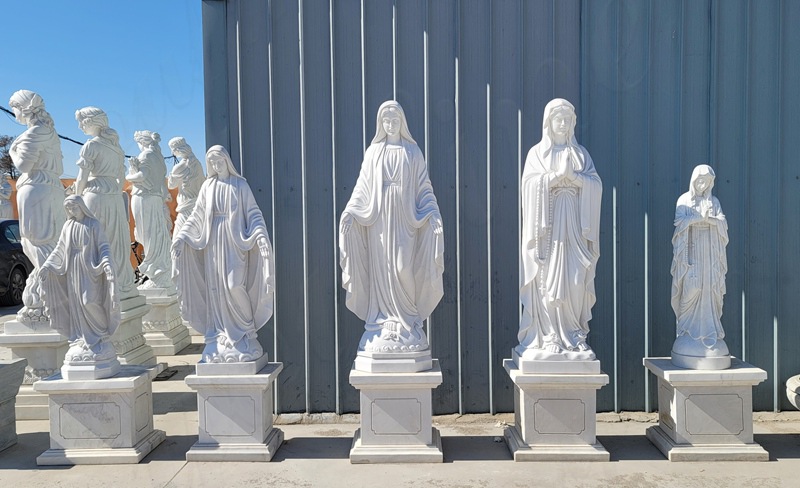
Different Version Virgin Mary Statue
1.Our Lady of Mary
Our Lady of Mary is one of the most revered figures in the Christian faith, symbolizing motherhood, love and protection. According to the Bible, she is the mother of Jesus Christ and is given a special status because of her innocence and purity.
Mary’s story covers the mysterious experience of her pregnancy to the life of Jesus. In the hearts of believers, she is not only a symbol of motherhood, but also the embodiment of faith and hope.
No matter in which cultural background, the Virgin Mary, with her gentle image and compassionate spirit, is deeply rooted in people’s hearts and has become a symbol of faith and unity.
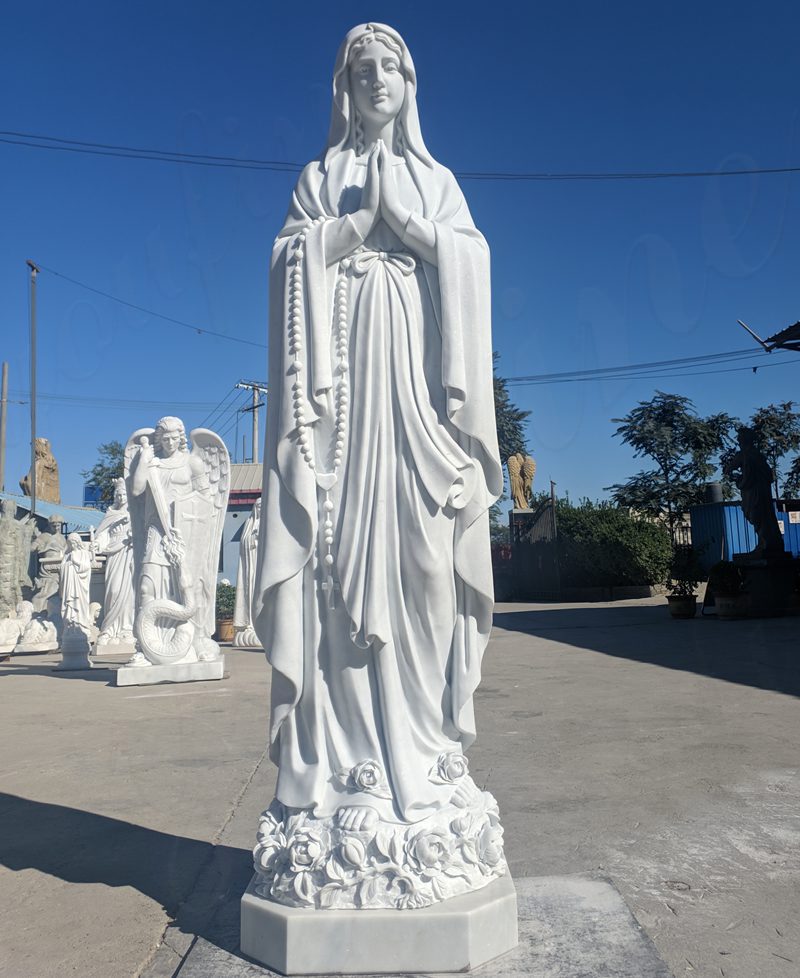
2.Our Lady of Guadalupe
Our Lady of Guadalupe is a highly revered apparition in Catholicism, and her story begins on December 9, 1531. In the Tepeyac Hills of Mexico, an indigenous peasant named Juan Diego encountered an apparition of the Virgin Mary. The Virgin told him in his native language that she wished to build a church on the hill. To this end, Juan took her request to the bishop, but was rejected. As proof, the Virgin instructed Juan to pick rare winter roses and put them in his cloak.
When Juan opened his cloak and the roses fell, the image of the Virgin miraculously appeared on his shawl. The shawl is now treasured in the Guadalupe Basilica in Mexico City and is treasured by millions of believers. Our Lady of Guadalupe symbolizes hope, protection and unity, and influences the Catholic faith throughout the Americas.
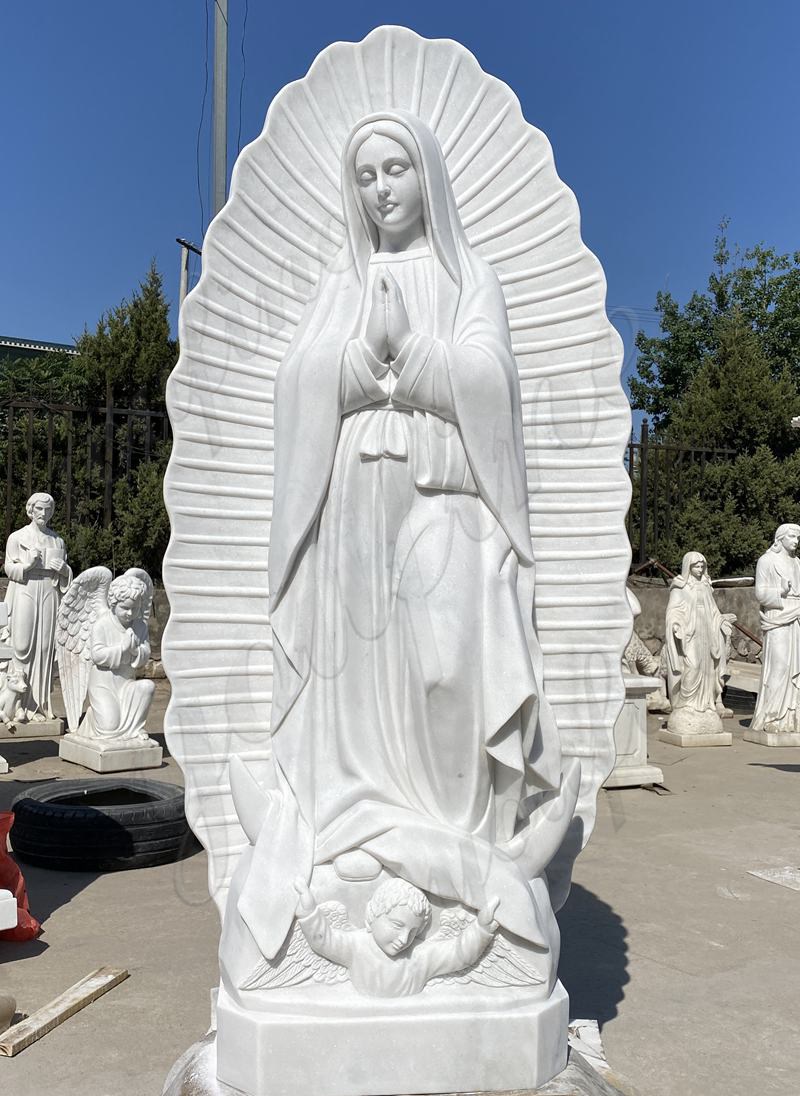
3.Our Lady of Lourdes
The story of Our Lady of Lourdes began on February 11, 1858, when Bernadette Soubirous, a 14-year-old French girl, saw a mysterious woman in white clothes and a blue belt in a cave on the outskirts of the town of Lourdes. The Virgin Mary appeared to Bernadette 18 times, encouraging her to pray for sinners, do good deeds and repent, and guiding her to dig out an underground spring. This spring is believed by believers to have magical healing powers.
Since then, Lourdes has become an important pilgrimage site, attracting countless believers who come to seek spiritual peace and health. Our Lady of Lourdes symbolizes comfort, healing and hope. Her story inspires Catholics around the world and allows them to find strength in their faith.
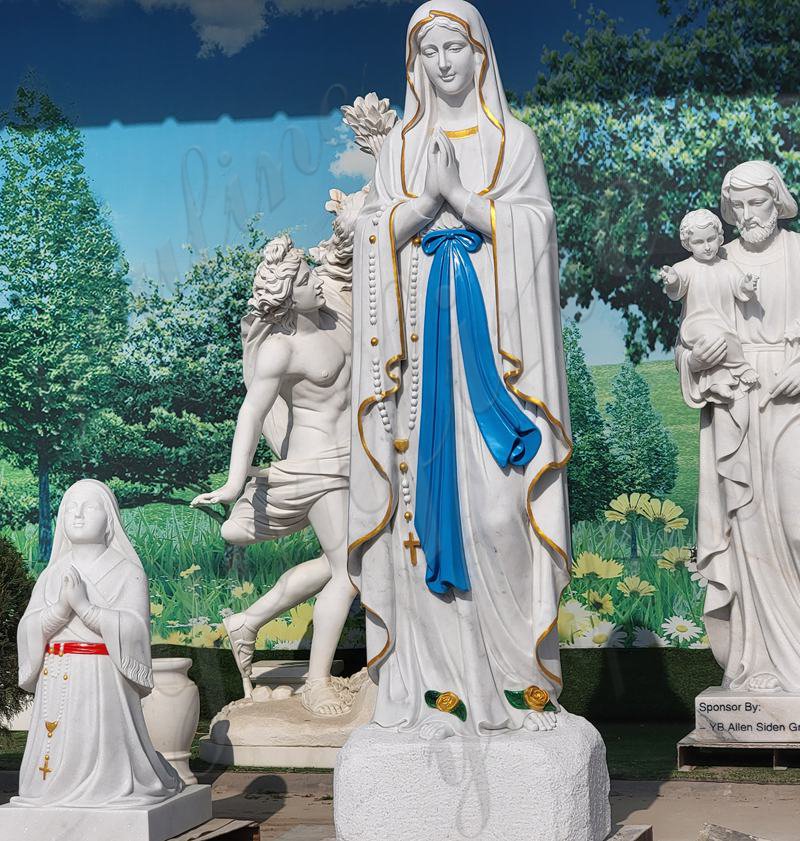
4.Our Lady of Fatima
The story of Our Lady of Fatima began in 1917 in the Fátima region of Portugal, when three little shepherd children – Lucia, Francisco and Jacinta – claimed to have seen the Virgin Mary. Our Lady appeared to them with a message of peace, repentance and prayer for the world, especially for sinners and those at war. She predicted upcoming events and encouraged the children to pray the Rosary daily.
In the following months, the Virgin Mary appeared with the children many times, attracting thousands of pilgrims to witness the miracle. On October 13, 1917, the famous “Miracle of the Sun” occurred, with tens of thousands of people witnessing the sun rotating in the sky. This event further strengthened faith and veneration for Our Lady, making Fatima an important Catholic pilgrimage site, symbolizing the power of hope and faith.
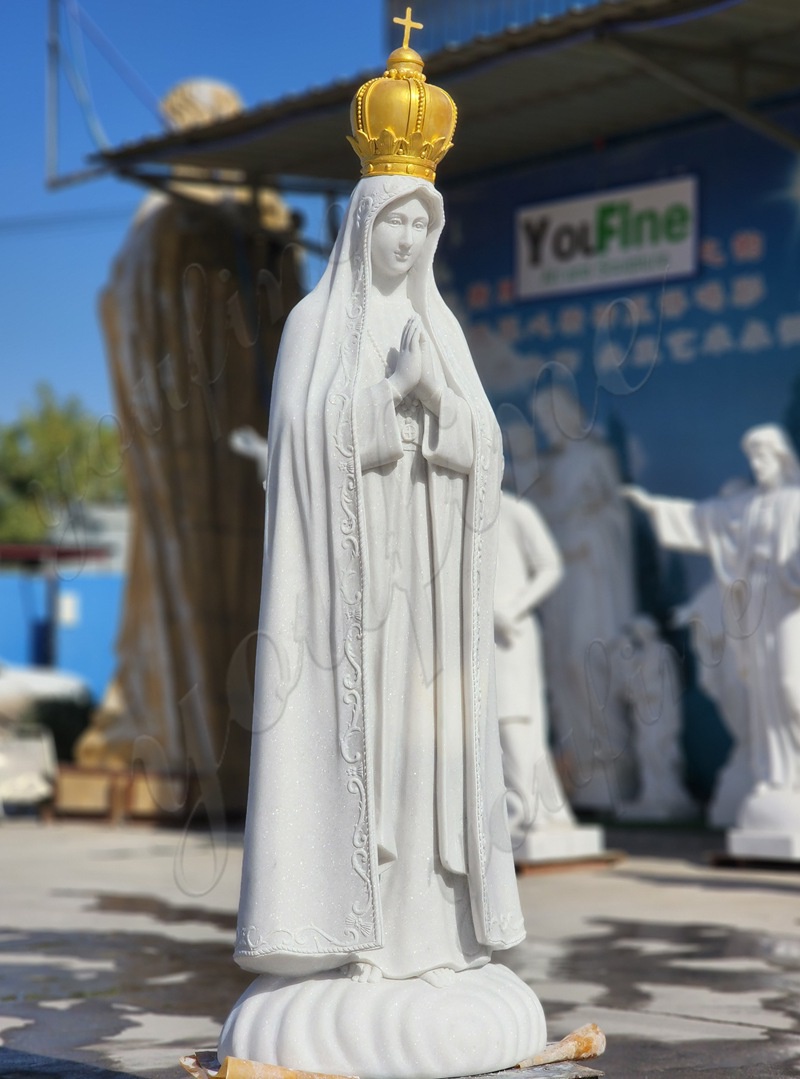
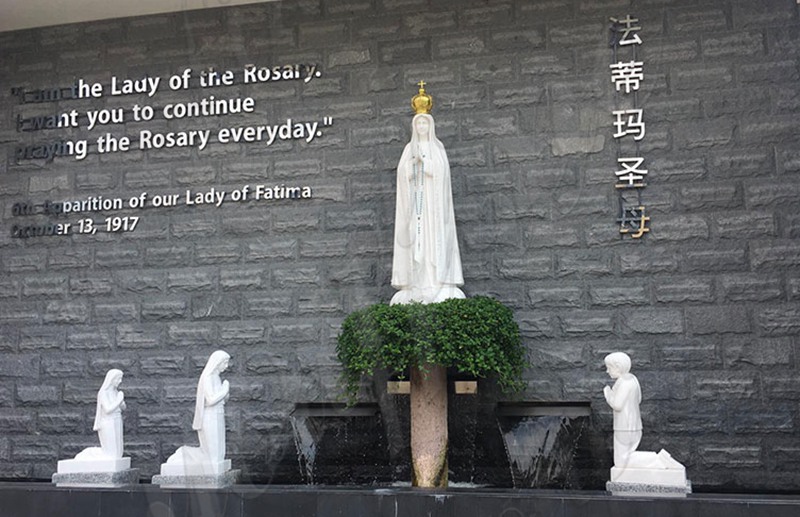
5.Our Lady of Peace
Our Lady of Peace is a Catholic apparition of the Virgin Mary that symbolizes peace and reconciliation and is widely revered by believers. Her image is particularly popular among believers in South America, the Philippines, and Hawaii, symbolizing the Christian call for peace and belief in divine protection. Believers in different regions pray and worship Our Lady of Peace in the hope of inner peace, community harmony, and world peace.
There are chapels and statues of Our Lady of Peace in many countries, especially the Cathedral of Our Lady of Peace in Yamoussoukro in Ivory Coast, which is one of the largest cathedrals in the world. These holy places provide places for pilgrims to pray and become symbols for people to seek spiritual comfort and reflection. The story of Our Lady of Peace inspires believers to maintain peace and love in turmoil.
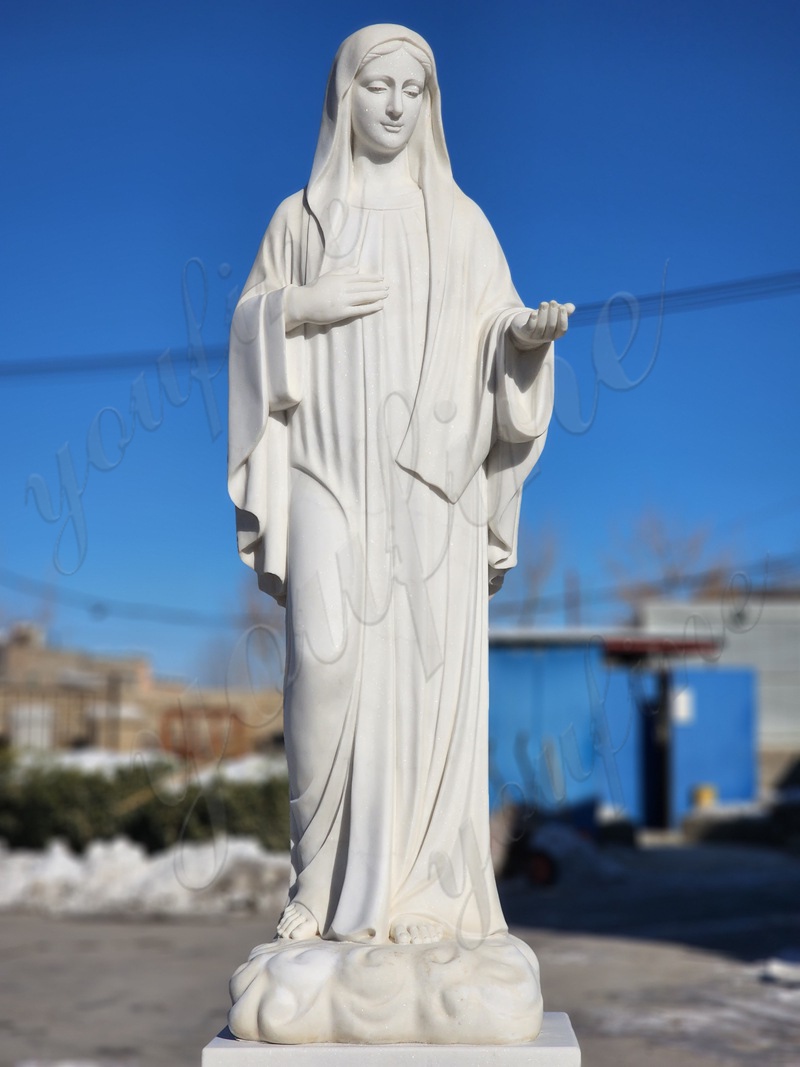
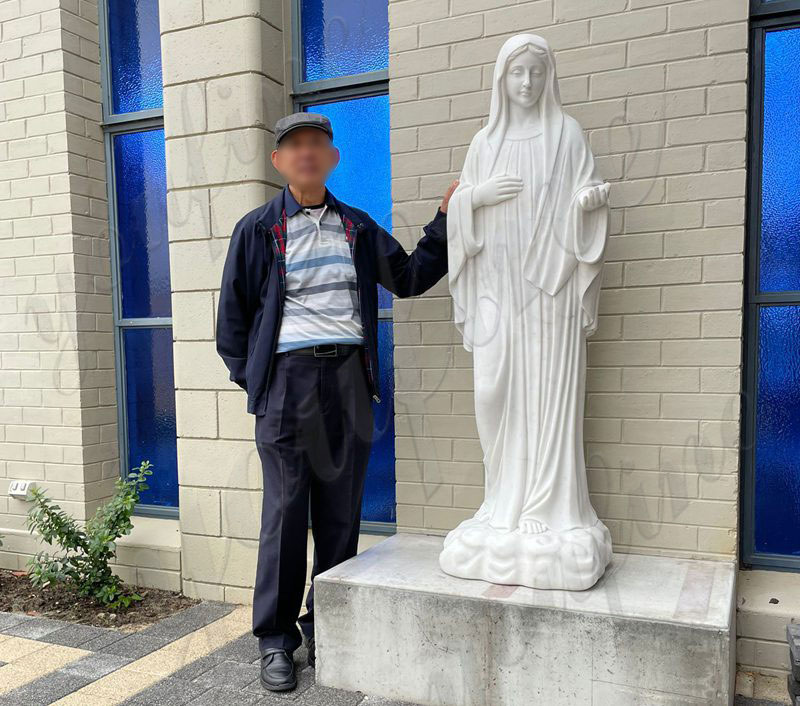
6.Our Lady of Czestochowa
Our Lady of Czestochowa, also known as the “Black Madonna”, is an important symbol of the Polish Catholic faith and is deeply revered by local and global Catholics. It is said that St. Luke painted this image of the Virgin on a cedar board in Jerusalem. After many twists and turns, it was finally brought to Czestochowa, Poland in the 14th century and enshrined in the Jasna Hill Monastery.
The image of Our Lady of Czestochowa is famous for her deep expression and damaged cheeks, which are said to be left over from many invasions in history. The Virgin is regarded as the protector of Poland, a symbol of perseverance and hope, especially in times of national crisis, believers pray to her for protection. Czestochowa has become a pilgrimage site for Polish and global Catholics, and Our Lady of Czestochowa has also become a symbol of Polish national unity, firm faith and fighting spirit.
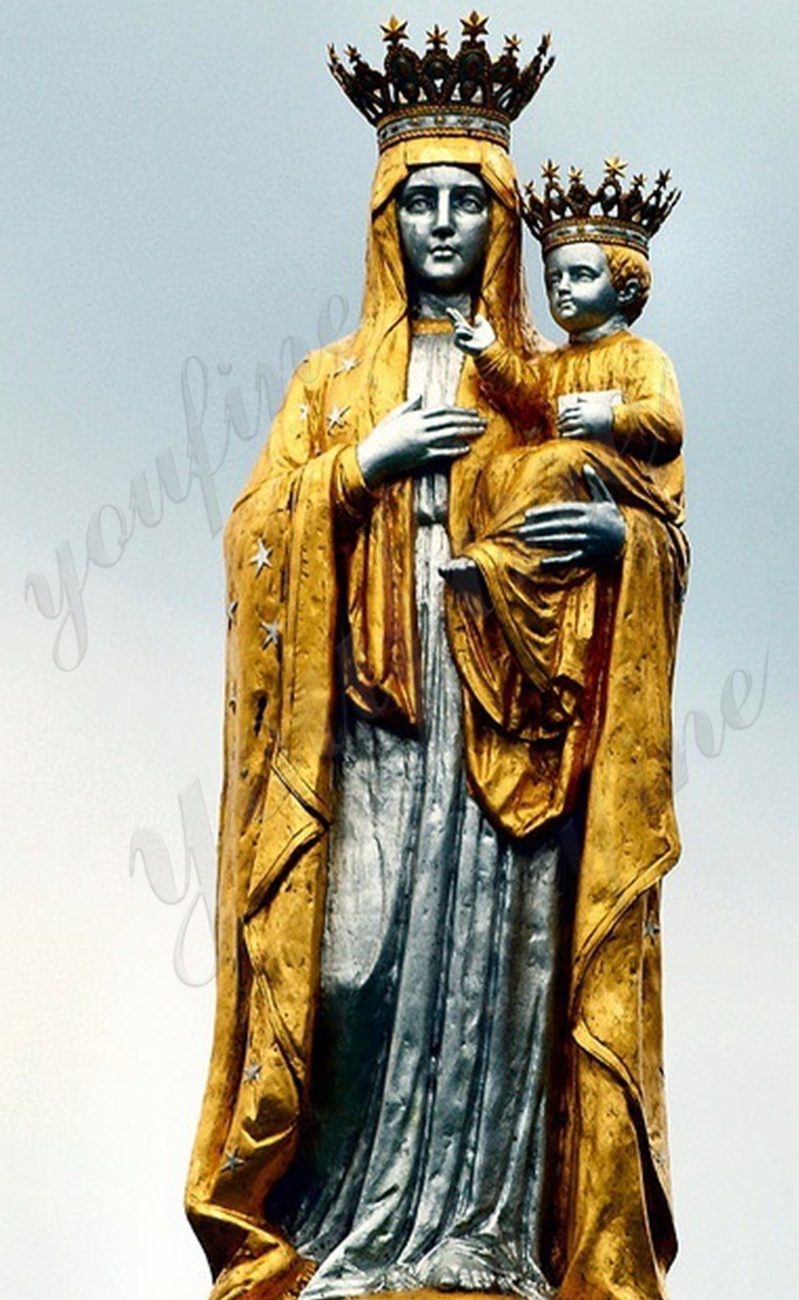
7.Immaculate Conception
Immaculate Conception is an important Catholic doctrine that states that the Virgin Mary was free from the stain of original sin at conception. According to church belief, Mary was specially chosen by God and therefore pure and spotless from the beginning of her existence in order to become the mother of Jesus Christ. This doctrine was officially declared as a church creed by Pope Pius IX in 1854 and is called the “Doctrine of the Immaculate Conception”.
Immaculate Conception does not mean that Mary became pregnant without sex, but that her soul was free from original sin at the beginning of conception. This doctrine shows the Catholic respect for Mary’s special status. She is not only the mother of Jesus, but also a model of purity and innocence for believers. Every December 8, the Catholic Church celebrates the “Feast of Immaculate Conception” to commemorate the purity and sacred mission of this mother.
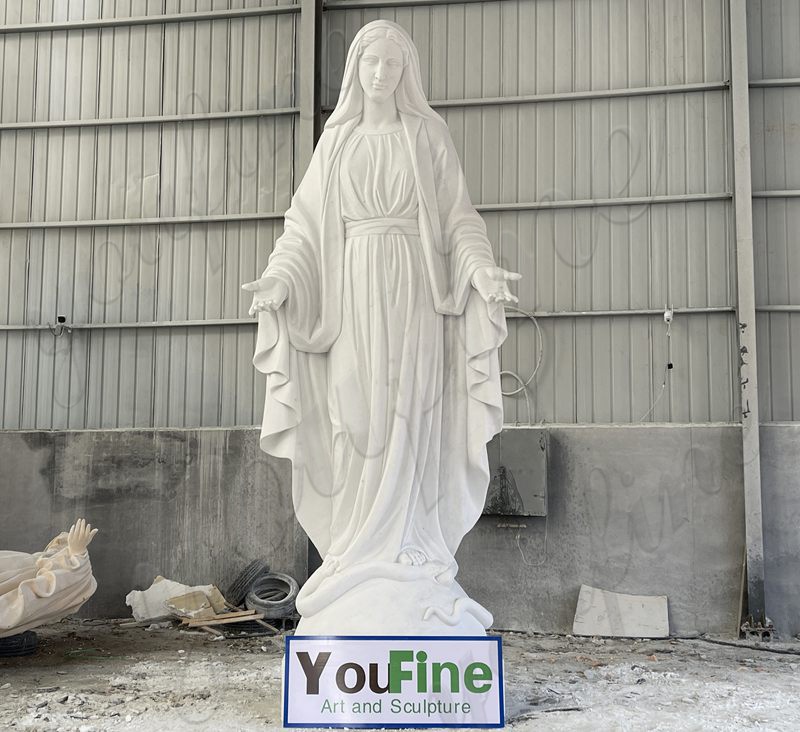
8.Immaculate Heart of Mary
The Immaculate Heart of Mary is a Catholic symbol of the Virgin Mary’s purity, love and devotion. This image depicts Mary’s heart, usually surrounded by a rose, symbolizing her pure love; and a sword on the heart, representing the pain she experienced during the suffering of her son Jesus. The Immaculate Heart of Mary expresses her unconditional love and deep compassion for God and mankind.
The Immaculate Heart of Mary doctrine is closely related to the spiritual life of Catholic believers, calling on believers to follow the example of Mary and pursue selfless love and devotion to God. Many believers pray and dedicate to the Immaculate Heart of Mary for protection and guidance, especially for peace and strength in spiritual growth and prayer life. Every year, there are special prayers and celebrations for the Immaculate Heart of Mary during different festivals of the Catholic Church.
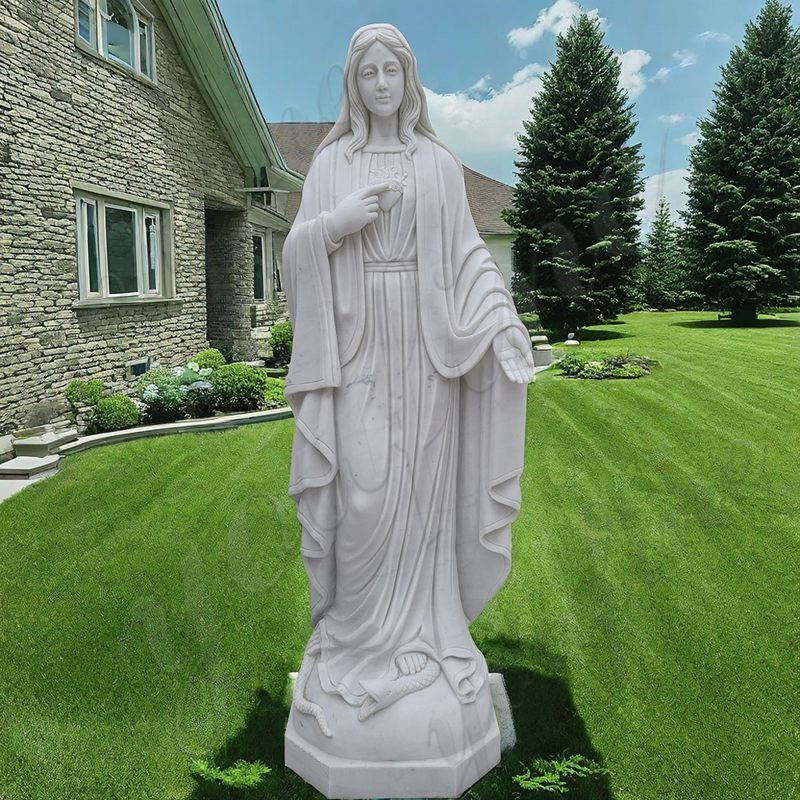
9.Our Lady of the Rosary
Our Lady of the Rosary is one of the honorific titles for the Virgin Mary in Catholicism, symbolizing the deep connection with her through praying the Rosary. The origin of this title can be traced back to 1571, when a coalition of European nations fought against the Ottoman Empire in the Battle of Lepanto. Pope Pius V called on believers to pray the Rosary and ask for the protection of the Virgin Mary, and the battle was ultimately victorious. To commemorate this event, the Church designated October 7 as the “Feast of Our Lady of the Rosary” to thank the Virgin for her protection.
Our Lady of the Rosary symbolizes peace and victory, reminding believers to pray the Rosary to gain inner peace and trust in the Divine. The Rosary involves meditating on the mysteries of Christ’s life and inspires believers to pursue firmness of faith by following the example of the Virgin Mary. Churches and pilgrimages of Our Lady of the Rosary around the world focus on this core of faith, expressing believers’ devotion and respect for the Virgin Mary.
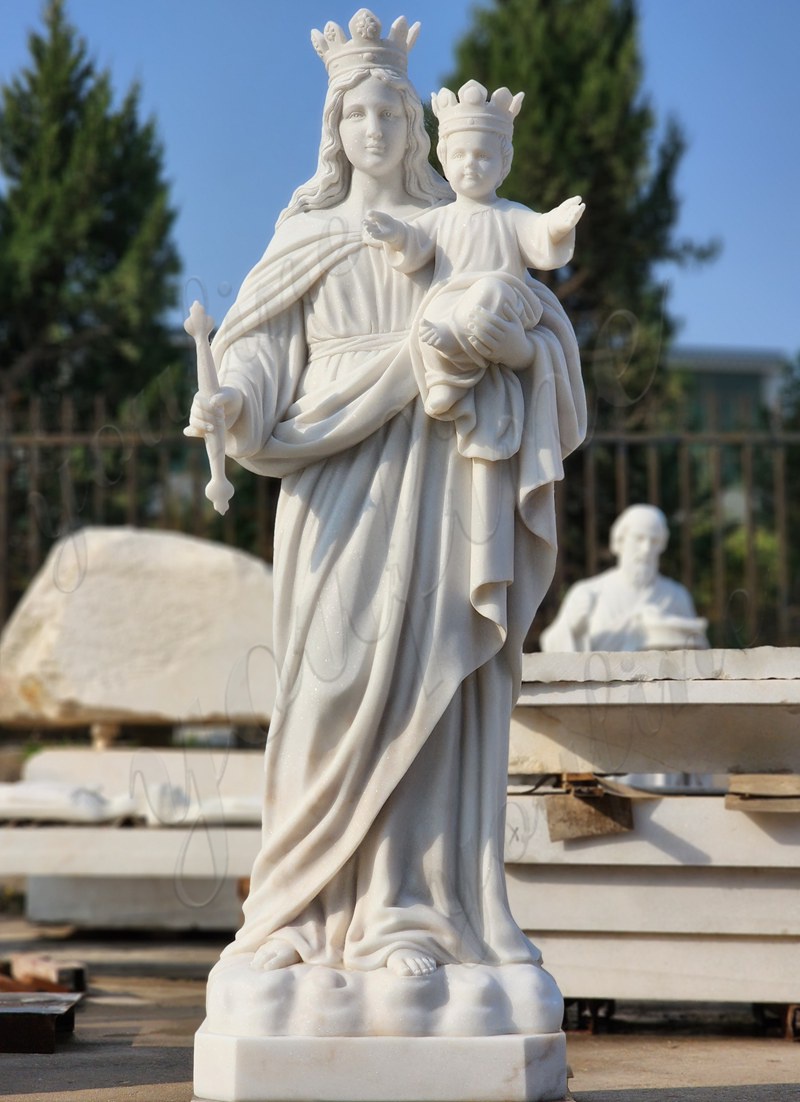
10.Our Lady of the Assumption
Our Lady of the Assumption is the Catholic honorific for the Virgin Mary’s Ascension to Heaven, celebrating her soul and body being taken to heaven after her life ended. According to Catholic doctrine, Mary, as the mother of Jesus, enjoyed special grace, so she did not experience the usual death, but was directly taken to the eternal kingdom of heaven by God. This belief was officially established as a church creed by Pope Pius XII in 1950.
Every August 15th, the Catholic Church celebrates the “Feast of the Assumption”, which is one of the important festivals of the Virgin Mary. This festival symbolizes the salvation of the human soul and God’s promise to all believers, inspiring believers to follow the example of the Virgin Mary and find hope and ultimate salvation in faith. Our Lady of the Assumption reminds people to move forward on the path of faith, toward the goal of God’s love and eternal life.
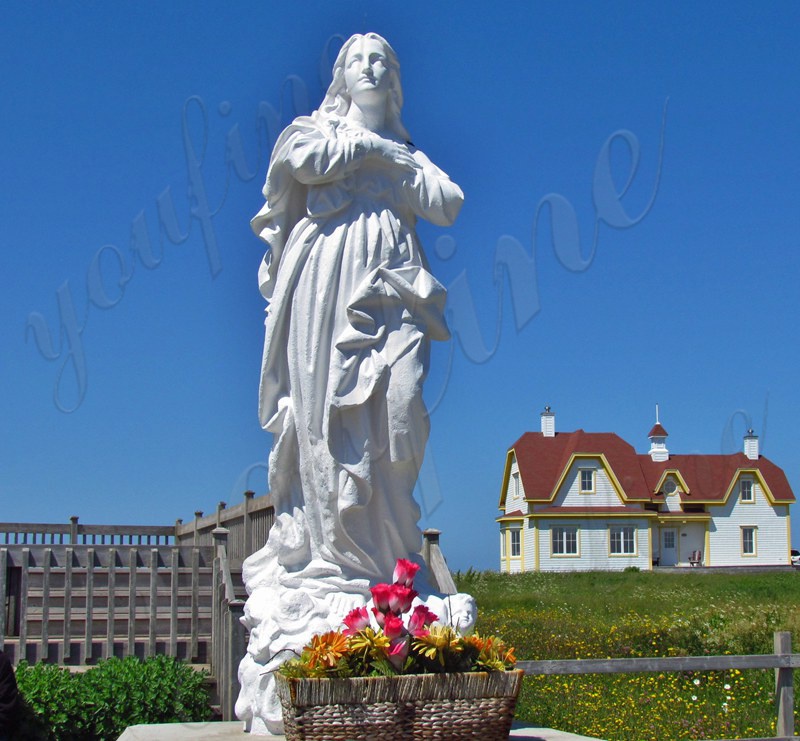
11.Our Lady of Sorrows
Our Lady of Sorrows is a Catholic honorific for the Virgin Mary, emphasizing the pain and sorrow she experienced as the mother of Jesus during his crucifixion. The image of Our Lady of Sorrows is usually shown with seven swords in her heart, symbolizing the “seven sorrows” she experienced – from the prophet Simeon’s prediction that she would suffer to her witnessing the crucifixion and burial of Jesus at the foot of the cross. Each sorrow is a manifestation of her deep maternal love and faith.
The Catholic Church celebrates the “Feast of Our Lady of Sorrows” on September 15, inviting believers to meditate on the suffering of Our Lady to strengthen their faith in the face of difficulties. The image of Our Lady of Sorrows inspires believers to persist in their faith in difficult times and to follow the example of Our Lady to endure and transcend the sorrow and trials in life.
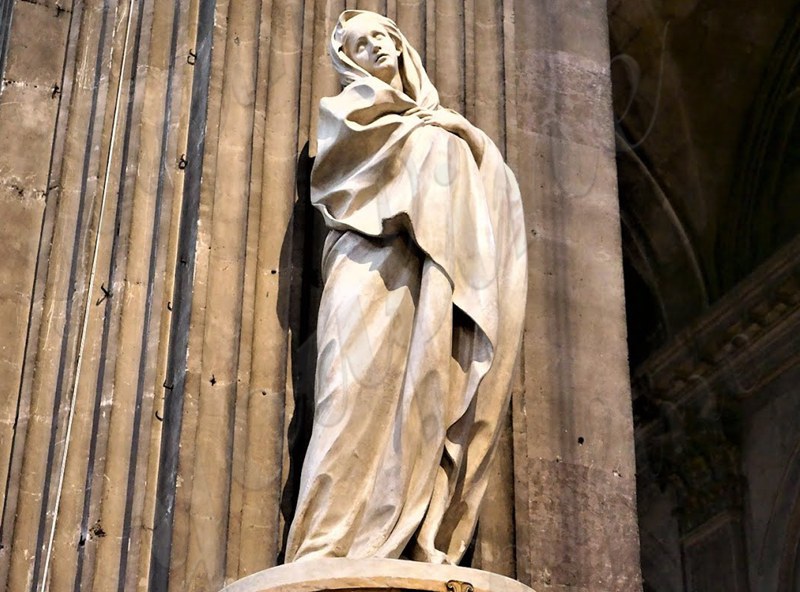
12.Our Lady of Perpetual Help
Our Lady of Perpetual Help is a very popular image of the Virgin Mary in Catholicism, representing the Virgin Mary’s everlasting care and protection for believers. This image depicts the Virgin Mary holding the infant Jesus, and the close relationship between the two is obvious. Jesus’ expression shows fear and anxiety, symbolizing the challenges he faces in life, while the Virgin Mary surrounds him with comfort and love, reflecting her motherly love and protection.
This image of the Virgin Mary originated from 14th-century Byzantine art and was later brought to Rome in the 19th century and widely worshipped. The Church celebrates the Feast of Our Lady of Perpetual Help on June 27 every year to recognize her protection and encouragement to believers. Believers often seek her help through prayer and devotion, especially when facing difficulties and challenges in life, Our Lady of Perpetual Help has become a symbol of hope and comfort.
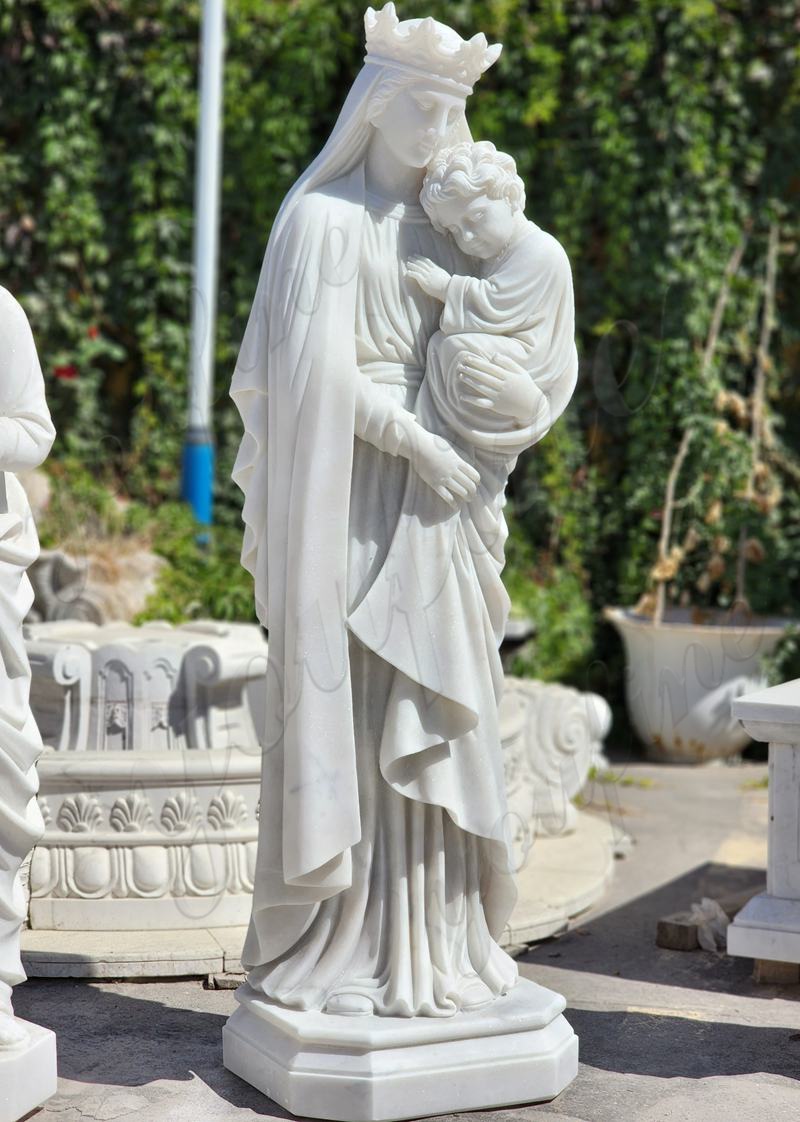
13.The Statue of the Miraculous Virgin
The Miraculous Lady statue, also known as the Miraculous Medal, is an important symbol of the Catholic faith, especially the faith in the Virgin Mary. The origins of the Miraculous Medal can be traced back to 1830, when Saint Catherine Labouré, a novice nun of the Parisian Sisters of Charity, saw visions of the Virgin Mary. In these visions, Mary instructed Catherine to create a medal as a reminder of her intercession and graces.
The medal features an image of Mary standing on a globe with rays emanating from her hands, symbolizing the graces she provides to humanity. Surrounding the image are the words “O Mary, Immaculately Conceived, pray for us who turn to you for help.” The reverse of the medal features a cross above the letter “M” (for Mary) and twelve stars representing the twelve apostles.
The Miraculous Medal is believed to bring protection and blessings to those who wear or carry it, and it has inspired countless conversions and miracles. The Feast of Our Lady of the Miraculous Medal is celebrated on November 27 to honor the Virgin Mary’s role as a source of grace and hope for believers.
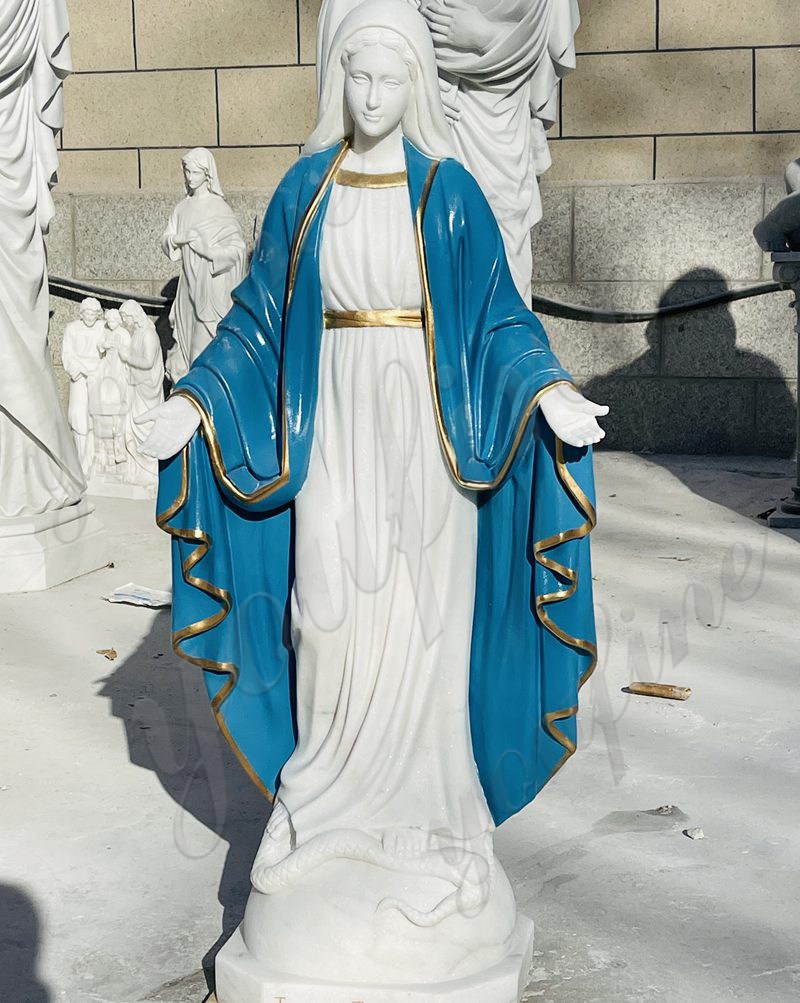
14.The Statue of the Virgin of Advent
The Adventist statue is a representation of the Virgin Mary during Advent, the time of preparation to celebrate the birth of Jesus Christ at Christmas. The statue symbolizes Mary as the mother of Jesus, reflects her role in the Incarnation, and embodies hope, expectation, and preparation for the coming of Christ.
Typically, statues depict Mary with a calm expression, often holding or cradling the Christ Child, emphasizing her motherly love and anticipation of his arrival. In some statues, she may be adorned with symbols associated with Advent, such as purple and blue vestments, the liturgical colors used during this season.
The Adventist is particularly important in various cultures and communities that celebrate Advent through prayer and devotion. Many families display this statue in their homes or churches during Advent as a reminder of the importance of spiritual preparation, reflection, and prayer in the lead up to Christmas. The figure encourages believers to embrace themes of hope, peace, joy, and love during this sacred time.
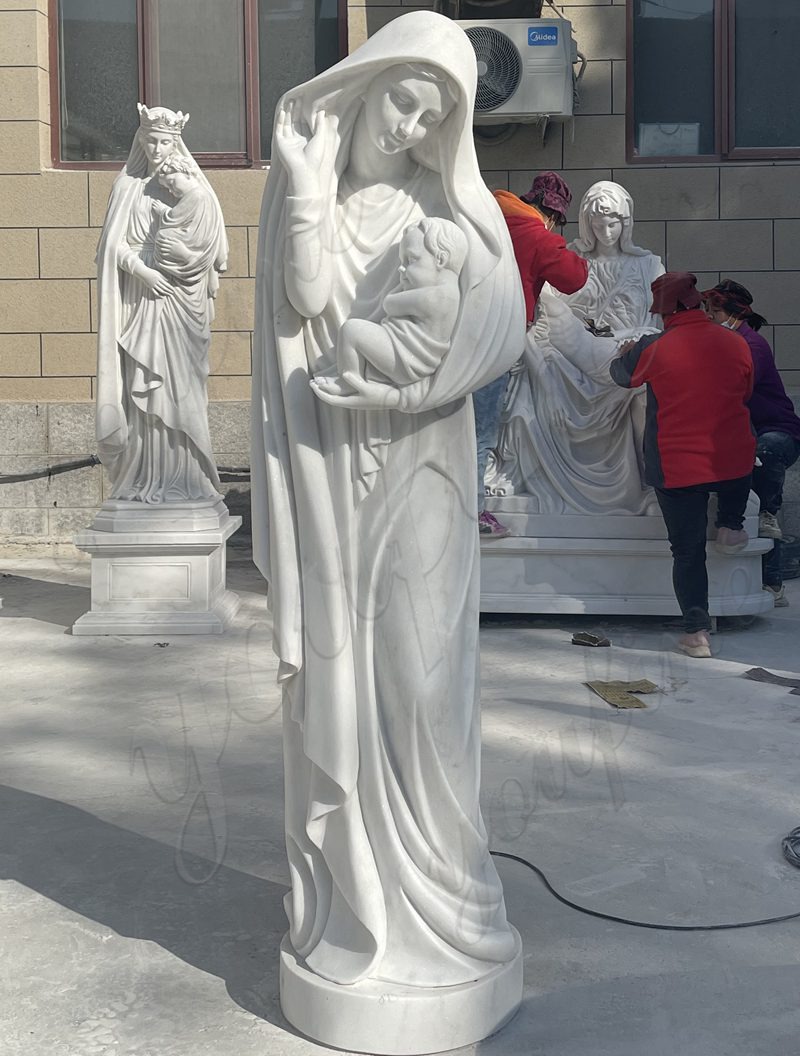
15.The Statue of Mary Untying the Knots
The Untying of the Knot statue represents the veneration of the Virgin Mary, especially her ability to help people with troubles and difficulties. This veneration was inspired by a painting created by Johann Georg Melchior Schmittner in the early 18th century, which depicts the Virgin Mary gently untying the knot in a ribbon under the watchful eye of the angel Gabriel. The knot symbolizes the various challenges, struggles and sins that can plague people’s lives.
The title “Untying of the Knot” refers to the Virgin Mary’s intercessory power, encouraging believers to seek her help to solve problems and gain spiritual clarity. This veneration emphasizes the belief that through the Virgin Mary’s intercession, people can be freed from difficult situations and regain peace in their lives.
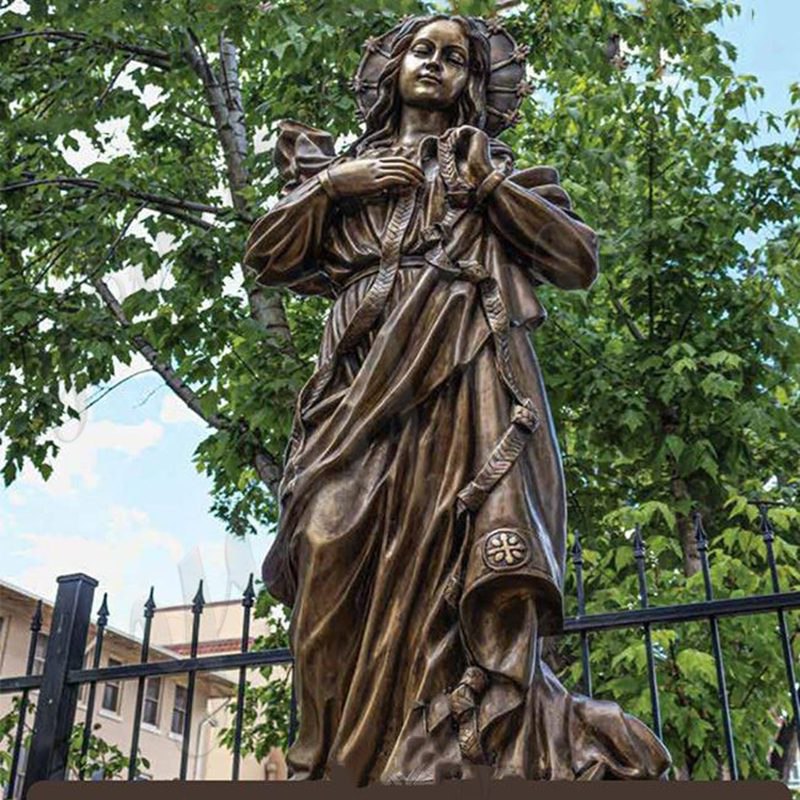
16.Marble Madonna of Bruges
The Madonna of Bruges is a statue created by Italian sculptor Michelangelo and completed in 1504. This work shows the Virgin Mary holding Jesus, demonstrating Michelangelo’s deep understanding of human emotions and superb carving skills.
The streamlined outline and soft facial expression of the statue make it one of the models of Renaissance art. Today, it is located in the Church of Our Lady in Bruges, Belgium, attracting many tourists to appreciate its artistic charm.
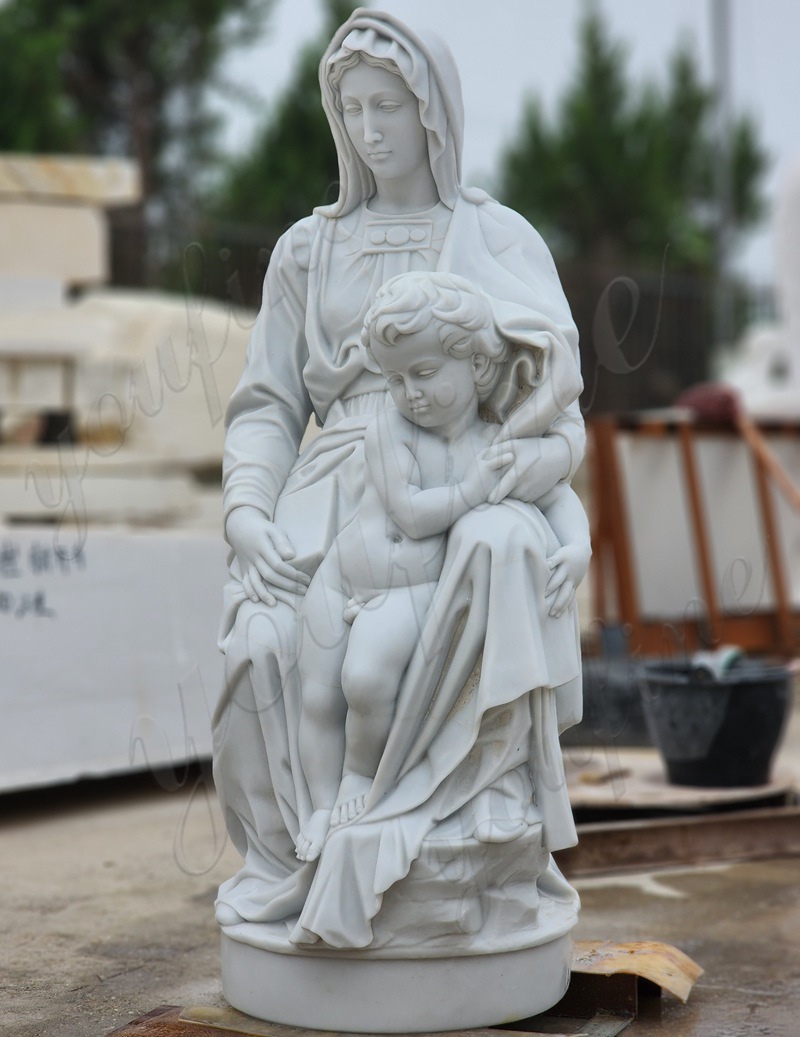
17.Pieta
The Pietà is a famous sculpture created by Michelangelo between 1498 and 1499, and now resides in St. Peter’s Basilica in the Vatican. The work shows the Virgin Mary holding the body of Jesus Christ, reflecting a profound sadness and tranquility. Michelangelo’s outstanding carving skills and precise grasp of the human form make this sculpture unique in the history of art.
The sculpture is not only visually fascinating, but also emotionally moving. The intimacy between Mary’s gentle and firm face and Jesus’ body, which appears extremely fragile, conveys the interweaving of life and death. This deep understanding of human emotions made the Pietà one of the most important works of art during the Renaissance and influenced countless artists in later generations.
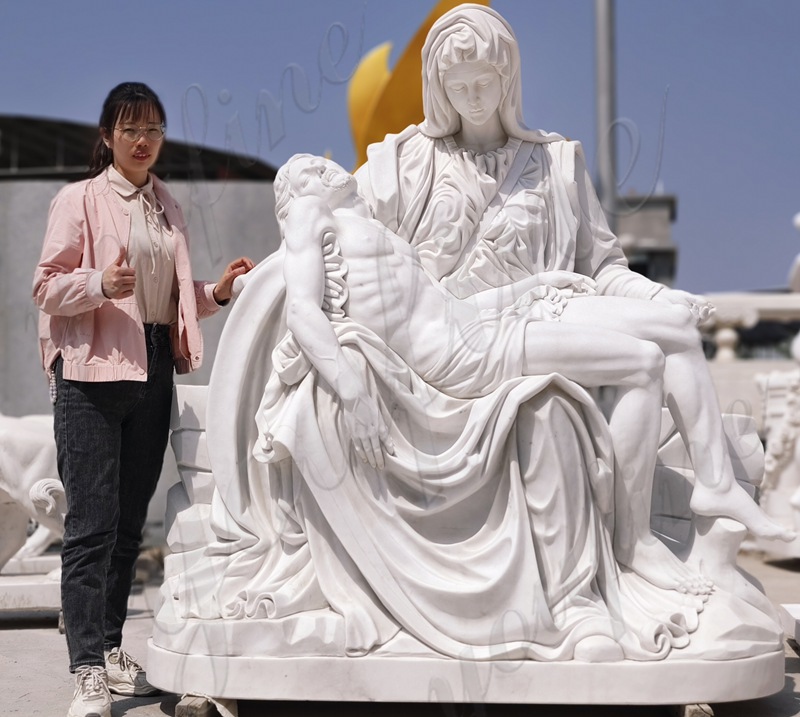
Choose YouFine Sculpture Factory
YouFine, founded in 1983, boasts 40 years of expertise in carving exquisite marble religious sculptures. We have completed numerous church projects worldwide and provided countless pieces for individual Catholic buyers, including stunning representations of the Virgin Mary, Jesus, St. Michael, St. Peter, St. Joseph, and many other saints.
Our dedicated artists, all devout Catholics, pour their hearts into each creation. One of our skilled artisans once tirelessly refined the top of a marble Jesus, despite others suggesting it was unnecessary, saying, “God will see it.” This devotion reflects our ultimate commitment to honoring faith through art.
In addition, our factory has a large number of Virgin Mary sculptures in different sizes, colors and designs in stock, which can be shipped at any time upon order, suitable for customers with urgent deadlines.
If you are looking for a reliable marble Virgin Mary statue supplier, YouFine is your best choice. Please feel free to contact YouFine and professionals will provide you with more detailed information.
